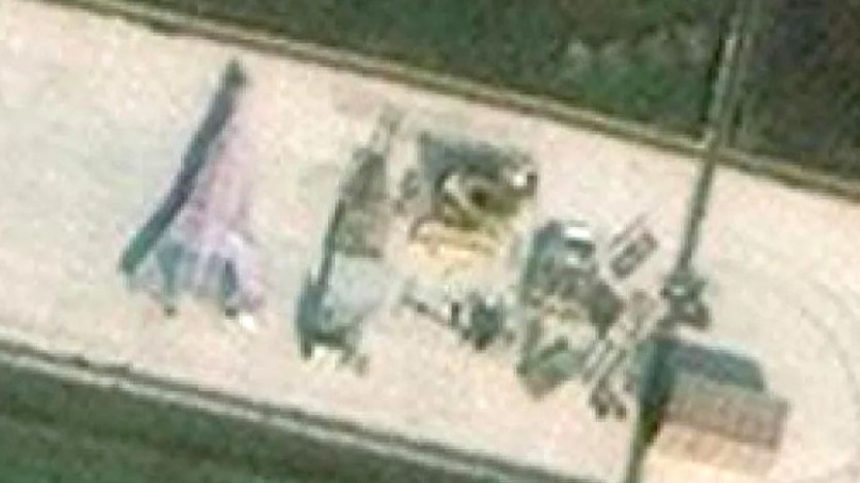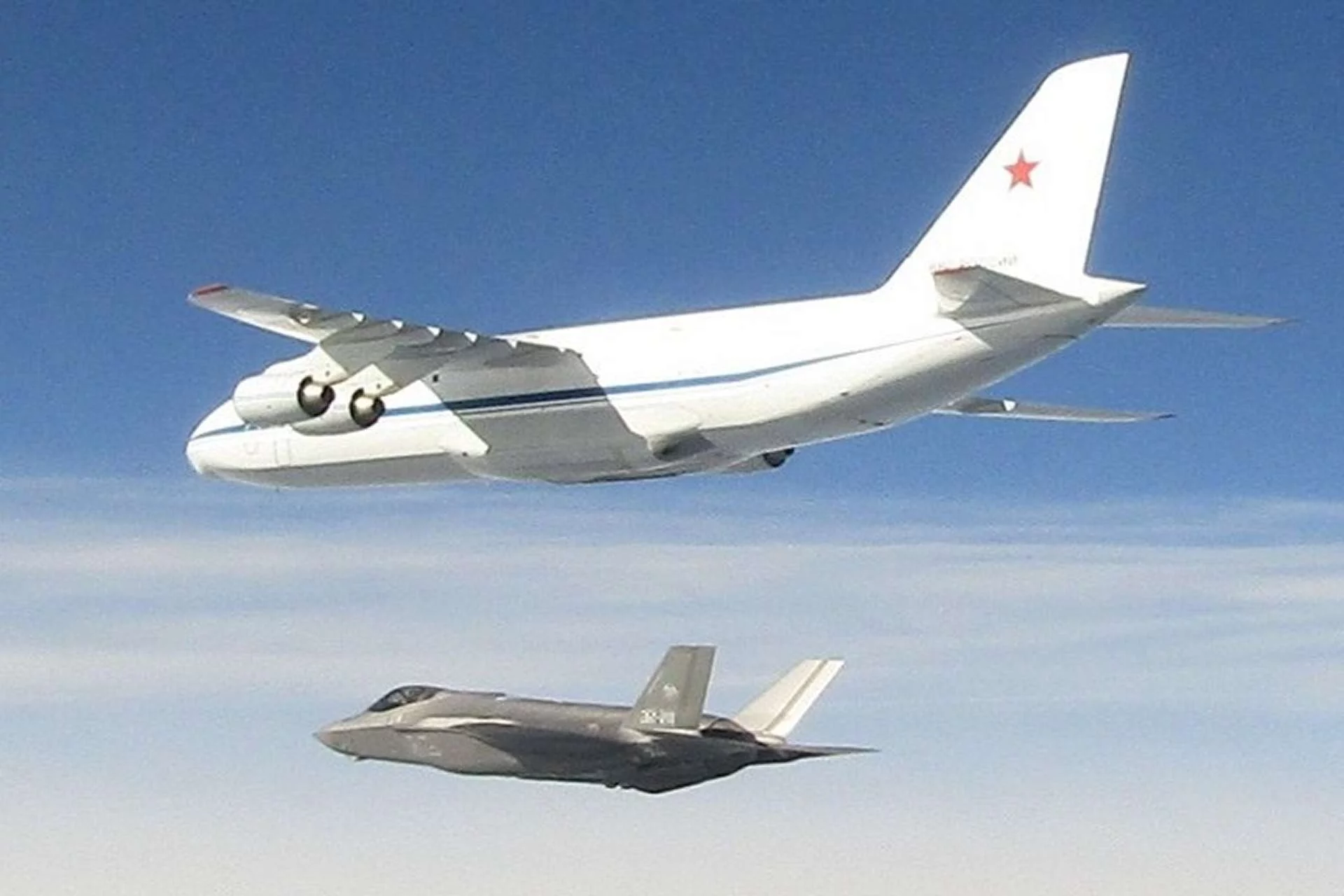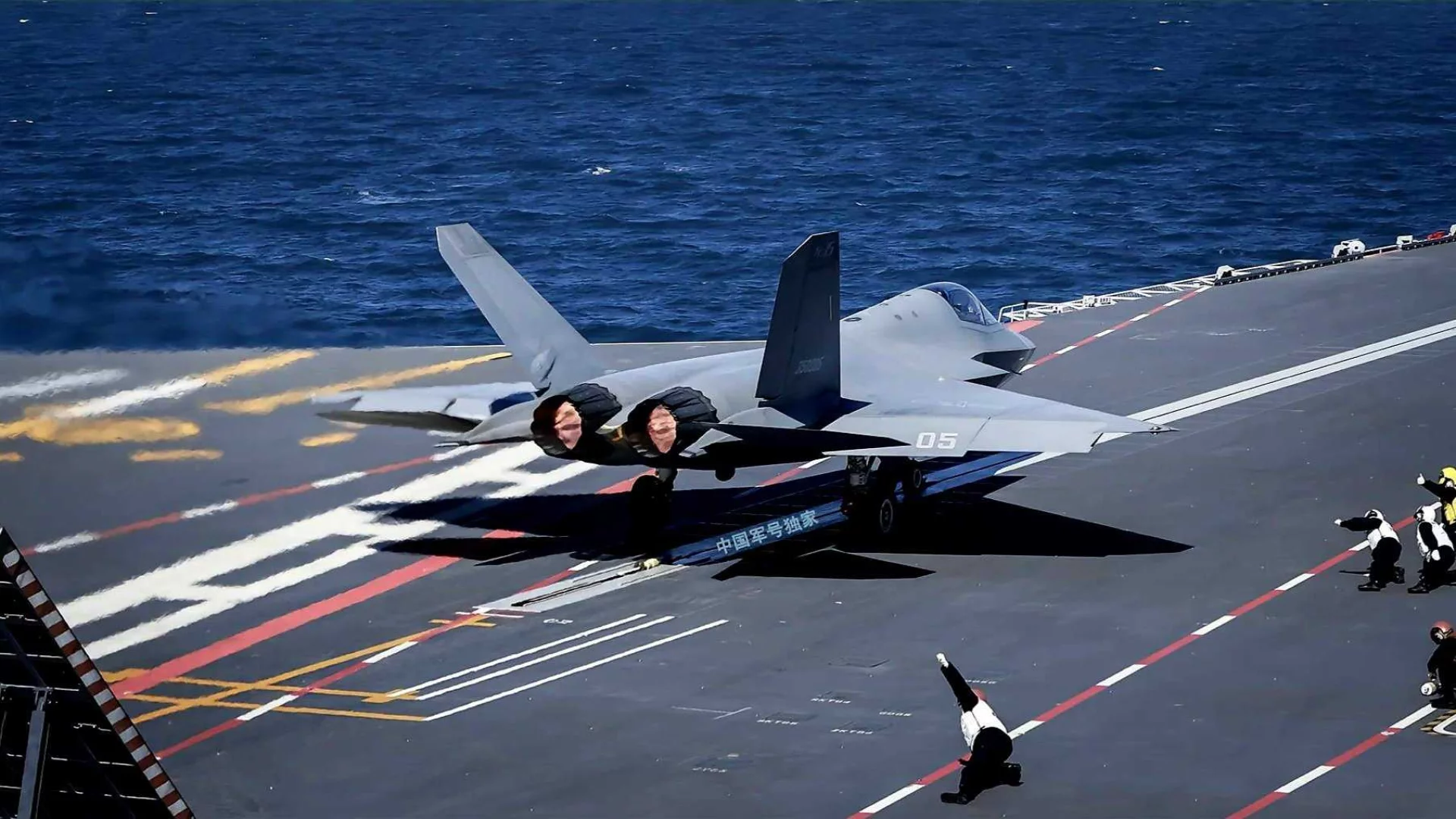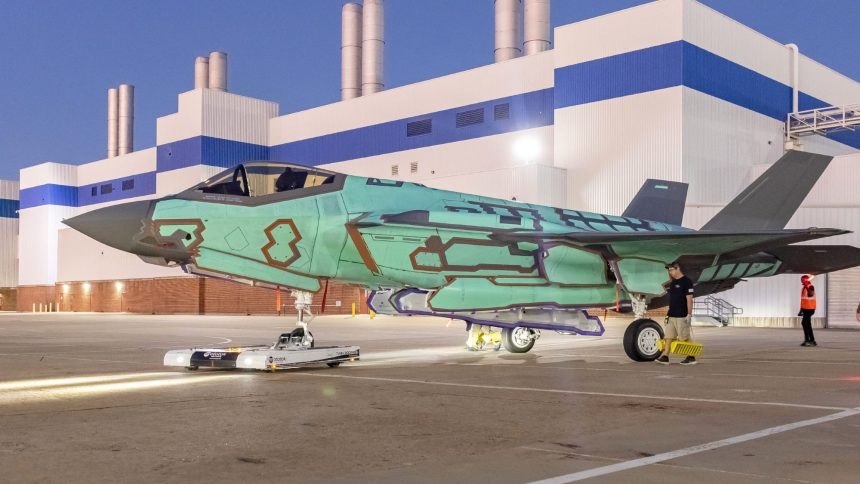In the shadowy world of advanced military aerospace, where innovation often walks hand-in-hand with secrecy, tantalizing glimpses of next-generation technologies occasionally pierce through the veil of classification. One such intriguing revelation recently emerged from China, sparking widespread speculation and fascination among aviation enthusiasts and defense analysts alike. A seemingly innocuous academic paper, reportedly published by Chinese researchers, has inadvertently offered a rare peek into what could be a highly advanced and potentially revolutionary crew escape system for a mysterious new aircraft. This incident, while perhaps unintentional, has ignited a fervent discussion about China’s burgeoning aerospace capabilities and the enigmatic projects underway within its highly guarded defense sector.
Beyond the Ejection Seat: A New Paradigm?
For decades, the ejection seat has been the gold standard for crew escape in high-performance military aircraft. Designed to rapidly propel pilots and navigators clear of a disabled aircraft, these systems have saved countless lives. However, the fundamental principles of traditional ejection seats – while effective – come with inherent limitations, particularly concerning the G-forces experienced by the crew and the complexities of safe deployment across a wide range of flight conditions, including very high speeds or altitudes.
The Chinese paper, the contents of which have been widely discussed in aviation circles, reportedly describes a system that goes beyond conventional ejection. While specific technical details remain shrouded in ambiguity (a common characteristic when dealing with sensitive military research), the implications are profound. Could China be developing a full-capsule escape system, where the entire cockpit section detaches from the airframe? Or perhaps a more sophisticated individual escape system that offers enhanced protection and environmental control during the ejection sequence?
The “Mysterious Aircraft”: A Canvas for Innovation
Crucially, the paper links this advanced escape system to an unspecified “new type of aircraft.” This detail is perhaps the most captivating aspect of the entire revelation. What kind of aircraft would necessitate such a cutting-edge crew escape mechanism? The possibilities are numerous and exciting:
- Next-Generation Stealth Fighter: With China pushing the boundaries of stealth technology, exemplified by its J-20 “Mighty Dragon” fighter, a follow-on or even more advanced stealth platform could be in development. Such an aircraft would undoubtedly demand the most robust and reliable safety systems.
- Hypersonic Vehicle: China is a global leader in hypersonic research. Flying at extreme speeds and altitudes presents unprecedented challenges for crew escape. A system designed to operate in such an environment would be a technological marvel.
- Advanced Bomber or Reconnaissance Platform: Larger, complex aircraft carrying multiple crew members might benefit from a more integrated and protective escape system, especially if they are designed for high-risk missions.
- Space Plane or Reusable Launch Vehicle: While more speculative, China’s ambitions in space exploration and reusable space technologies could also factor in. A crew escape system for a suborbital or orbital vehicle would undoubtedly be revolutionary.
The lack of a specific aircraft designation only adds to the allure, allowing for a wide range of informed speculation. It suggests that whatever platform this system is intended for, it represents a significant leap forward in Chinese aerospace design, likely pushing the envelope in terms of speed, altitude, or mission complexity.
The Role of Academic Papers in Military Intelligence
This incident also highlights a fascinating aspect of modern military intelligence gathering: the sometimes-unintentional insights gleaned from publicly available academic research. While direct espionage remains a significant concern, open-source intelligence (OSINT) – including scientific journals, university papers, and technical publications – can often provide invaluable clues about a nation’s technological trajectory. Researchers, in their pursuit of scientific discourse and peer recognition, may publish highly specialized papers that, when analyzed by experts, reveal underlying military applications or ongoing defense projects.
In this case, the paper’s focus on a highly specific and advanced engineering problem – crew escape in extreme flight conditions – suggests that the “mysterious aircraft” it refers to is not merely a concept, but a tangible project undergoing serious development. The very act of researching and proposing solutions for such complex challenges implies an existing or imminent need for them.
Implications for Global Aerospace
Should China indeed be developing such an advanced crew escape system, it would underscore its growing prowess in aerospace engineering and its commitment to pushing the boundaries of aviation safety and performance. Such a development would not only enhance the survivability of its own aircrews but also demonstrate a level of technological sophistication that rivals, and in some areas potentially surpasses, that of other leading aerospace nations.
The implications extend beyond safety. A highly effective crew escape system can also influence aircraft design, allowing engineers greater freedom to explore radical new configurations and performance envelopes without being overly constrained by the limitations of traditional escape mechanisms. It speaks to a holistic approach to aircraft development, where crew safety is integrated as a core design principle from the outset, rather than an afterthought.
As the world watches China’s rapid advancements in military technology, this “mysterious aircraft” and its cutting-edge crew escape system serve as a potent reminder of the innovations unfolding behind the scenes. While full details may remain elusive for years, the fragments of information we gather paint a compelling picture of a nation steadily ascending to the forefront of global aerospace power, constantly refining and reimagining the very essence of flight. The enigma of the dragon continues to unfold, one scientific paper at a time.




